Max Planck Institute for Solar System Research Satellite Models
A staggering collection of satellite models and actual flight parts.
Large gray buildings dot the landscape of Göttingen University, giving it an industrial and uninviting feel to the area. The Max Planck Institute for Solar System Research (MPS) is a beautifully designed building with large windows and an interesting design that stands out. It is the only building with decorations outside, which includes a scale model of the Rosetta satellite.
You’ll find more models inside the building’s entrance hall. These include a shrunken-down version of the comet 67P/Churyumov–Gerasimenko, a life-sized model of the Philae lander, and scale models of various satellites that were all developed in this building.
Most of the models in the building are of things related to the Rosetta mission that launched in 2004 and reached the aforementioned comet in 2014. The Rosetta satellite circled the giant rock, taking various forms of measurements and even sending a small lander to its surface, which was the first-ever landing on a comet.
The institute created parts for the mission, including the landing gear of Philae, and wanted to express its pride in its contribution to this enormous project by building the models. The scale model of the asteroid is based on scans and photographs by Rosetta, the lander is a full-scale model of the real deal, and so is the satellite outside. On the ceiling, there are a few scaled-down versions of various satellites as well. When walking upstairs, next to the library you can find several showcases holding flight spares of various satellites.
Know Before You Go
The MPS is a working environment and generally not open to the public, but one can often see the models after asking permission at the main desk.

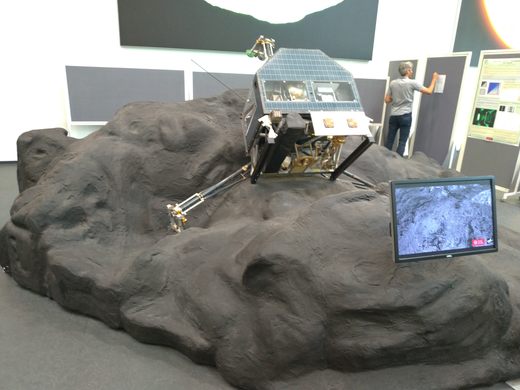
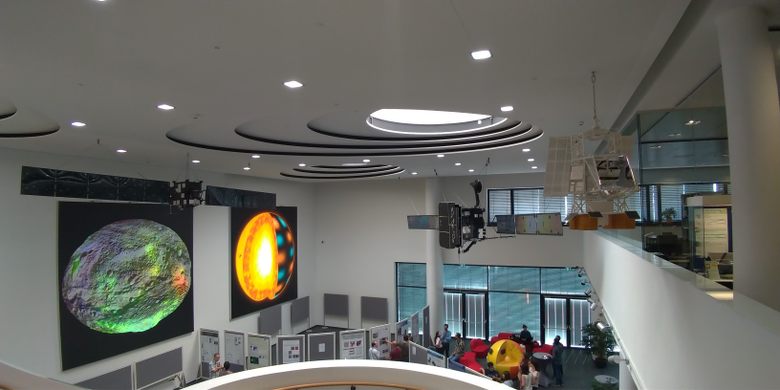
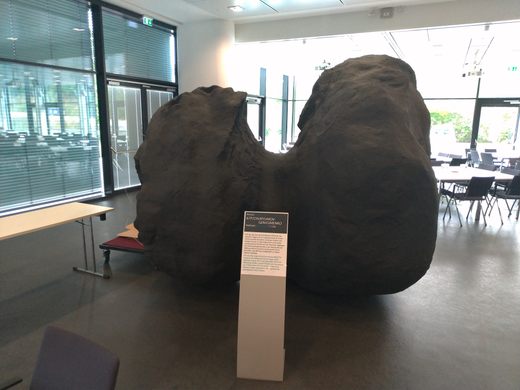
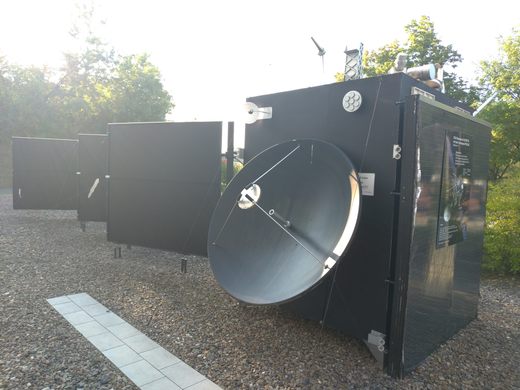



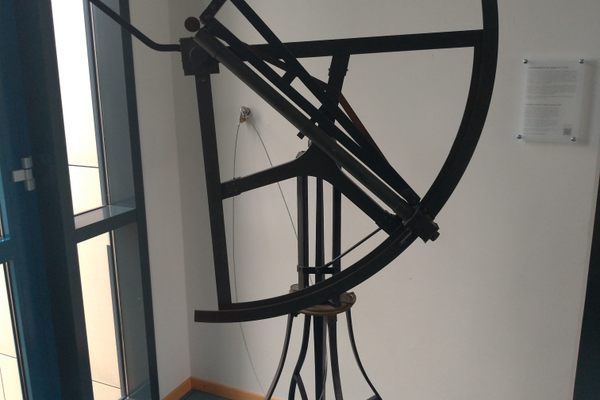

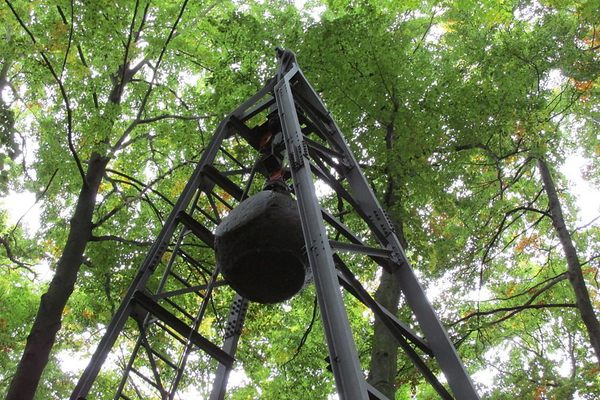

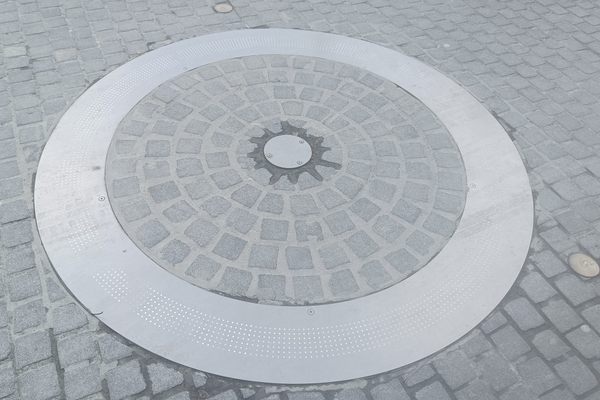




Follow us on Twitter to get the latest on the world's hidden wonders.
Like us on Facebook to get the latest on the world's hidden wonders.
Follow us on Twitter Like us on Facebook